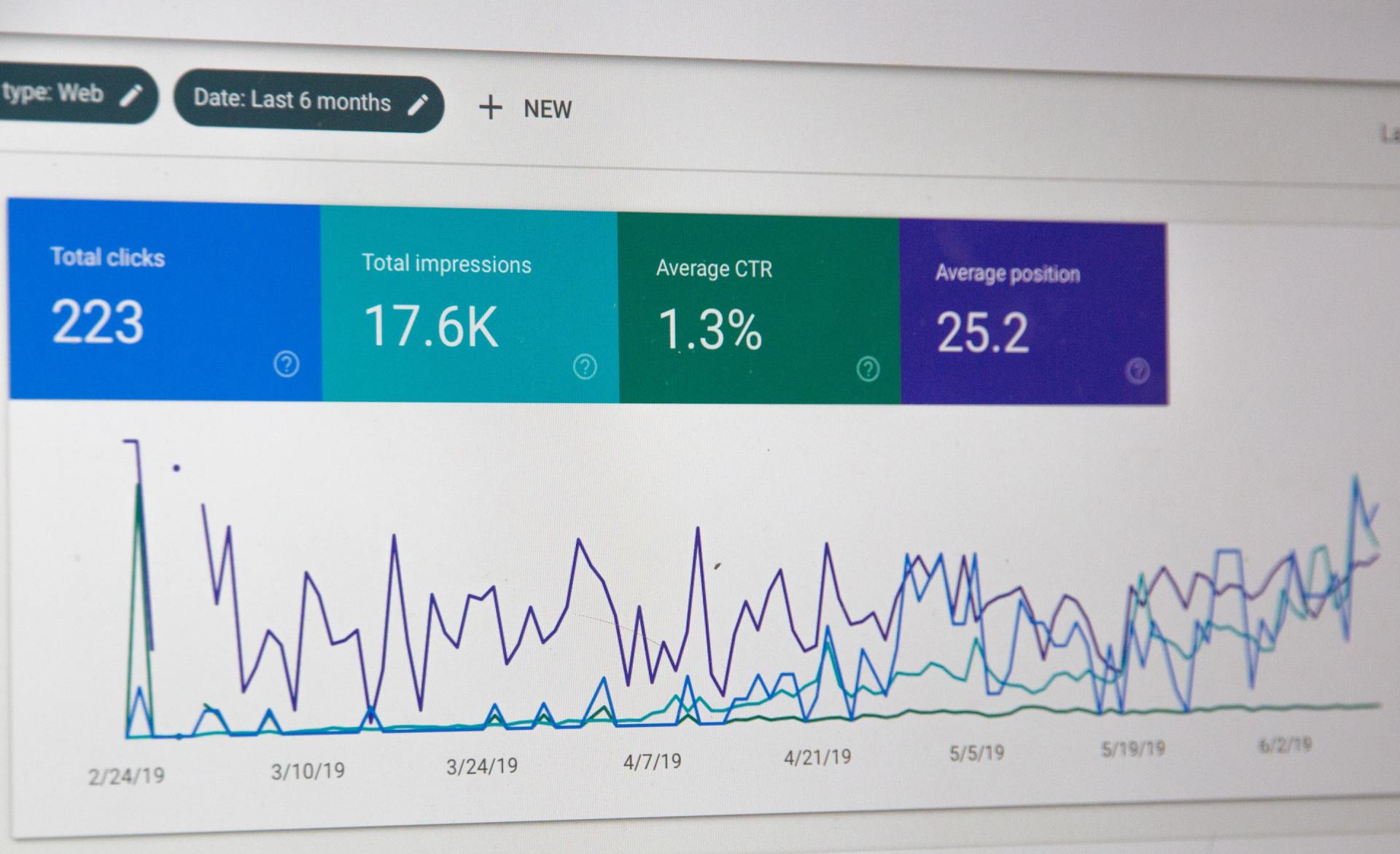Employee Engagement Statistics You Need to Know
It’s no longer business as usual. The pandemic has shifted the way we do life and business. With remote or hybrid workplaces becoming the norm, business leaders are scrambling to find solutions that can help them keep employees engaged and productive regardless of location.

Unfortunately, this is no easy feat, in fact, research shows that only 20% of employees today are completely engaged in the work they do. So, what’s the issue? Well, to start off, many business leaders struggle to define what employee engagement means for their organization. Moreover, inaccurate data on employee satisfaction can create unsustainable policies that decrease company morale. Going forward business leaders need all the data they can get their hands on to fuel the right decisions—and these 8 employee engagement statistics are a great starting point. But before we dive into the numbers, let’s take an in-depth look at the definition of employee engagement and its importance in today’s digital workplace.
What Is Employee Engagement?
Today’s industry research shows that
63.3% of more than 600 US businesses, with 50-500 employees, are finding it harder to retain employees compared to hiring them.
Employees are demanding and expecting more from the companies they work for—and it’s not just benefits they’re after. Workers today look at the company as a whole, so everything from company values, well-being programs, flexibility, and development opportunities are under scrutiny.
Moreover, more than a third of workers are actively or casually searching for a job, meaning US employers have to constantly churn out money looking for replacement workers, reportedly at a cost of $2.9 million per day!
In all of this chaos, employee engagement is emerging as a saving grace for businesses that want to mitigate high turnover rates. But investing in employee engagement isn’t about making your workers happy or keeping them satisfied.
So, what is employee engagement?
Think about it this way, while an employee might be happy with the benefits you offer or the work environment, this ‘satisfaction’ or ‘happiness’ doesn’t necessarily translate to engagement.
So in a nutshell, employee engagement is an emotional and intellectual commitment an employee has to an organization and its goals. But this is just one definition, in fact experts and research companies all have different takes on what employee engagement is.
When employees feel engaged, they care deeply about the success of the company and they are willing to go above and beyond to drive organizational objectives and achieve the company’s goals.
Engaged employees are focused on contributing to the company’s success by any means necessary—be it weekend calls, working overtime, finding new growth opportunities, improving internal processes etc.

Why Is Employee Engagement Important?
For an engaged employee, the job represents something of value to them, so they are willing to do their best work to achieve the business’s goals and contribute to the success of the business.
As a result, developing employee engagement strategies has become a top priority for most businesses and here’s why:
- Increased productivity: Engaged employees strive to outperform their peers, meaning that companies with a higher percentage of engaged employees are likely to be 21% more profitable.
- Improved workplace morale:
Energy is everything, even in the workplace. When the working environment is tense, unfriendly, draining or uninspiring nothing gets done.
- Reduced absenteeism:
Successful employee engagement strategies can reduce absenteeism by 41% according to this Gallup study.
- Better customer service:
As a cornerstone of modern success ensuring that the quality of your customer service delivery does not diminish is essential. And engaged employees generally offer better CX.
- Low employee engagement is costly: On average it costs US businesses $4,129 on average to hire new talent, and around $986 to onboard the new hire. So, every time an employee walks out the door employees are set to lose $5,000 each time, not to mention the unquantifiable cost of losing an experienced employee!
Now let’s take a look at some eye-opening employee engagement statistics you need to know today.

8 Employee Engagement Statistics You Need to Know
There are hundreds of statistics on employee engagement available online. To help you sift through the hype, we’ve selected 8 of the most important ones that you should know.
1. Good Company Culture = 4X the Revenue
Does corporate culture drive financial performance? The answer is a resounding
YES!
One long-term study found that companies with the best corporate cultures experience at least 4x the revenue compared to those with unhealthy working environments which grew only 166% in revenue.
In the same study, at least 47% of people actively searching for a new job cite company culture as the driver behind their decision to leave.
Basically, the study reveals that company culture and employee engagement feed off each other and a business that can master both will enjoy the benefits of increased revenue, increased productivity and increased employee engagement.
2. 1 in 3 Professionals Are Bored at Work
According to a
2018 Korn Ferry Survey, 33% of surveyed respondents cite boredom as their main reason for changing jobs. This points to very low levels of employee engagement.
Another common reason cited by 24% of interviewed employees is that the work culture didn’t fit the employee or their values. A pay rise was the reason chosen by 19% of the respondents.
Again we see that money is no longer the primary driver of high turnover. Ensuring that your employees find their jobs fulfilling and challenging is critical, so is creating an environment of flexibility that allows employees to develop themselves and learn.
3. 37% of Employees Consider Recognition the Most Important Factor
Did you know that employees value workplace recognition? This study found that 37% of employees feel that workplace recognition is the most important method of support.
Some other numbers you should know include:
- 12% of employees want more autonomy
- 12% need to be more inspired by their job
- 7% want a pay rise
- 6% want their employers to support skill building and training
- 4% want a promotion
So, essentially over a third of employees place that much importance on workplace recognition compared to other needs.
But what kind of recognition do employees want?
43% of employees prefer to receive private recognition with a manager, while 10 % would rather be recognized in front of their peers. On the other hand 9% would prefer written recognition.
So, what’s the lesson here? Well, managers and business leaders should not take their employees for granted, doing so will result in low employee engagement. Instead your business should take steps to ensure that every employee feels heard and valued. I mean, who doesn’t love a pat on the back for a job well done?
4. Only 29% of Employees Feel That Their Companies Provide Ample Career Advancement Opportunities
According to a 2017 report on employee job satisfaction and engagement, only 29% of employees are “very satisfied” with current career advancement opportunities available to them in the organization they work for.
Moreover, 41% consider skills development as a very important factor to job satisfaction. As a result, managers and company leaders need to create internal career development programs that bolster employee satisfaction and engagement.
The study also revealed that while 30% of employees feel that career development opportunities are essential, very few of them were happy with the programs being offered in their current organization.
5. Europe has the Lowest Levels of Employee Engagement in the World
A recent Gallup’s State of the Global Workplace study found that only 15 percent of employees are engaged in the workplace.
What these numbers mean is that a majority of the global workforce are either viewing their workplace negatively or getting by with the bare minimum with very little to no emotional attachment.
Moreover, the study also reveals several geographical differences, for example:
In the US, 33% of employees are engaged at work. This is close to twice the global average.
In Western Europe, only 10% of employees are engaged at work, at 8% the number is even lower in the U.K.
6. 73% of Employees Are Hearing About New Opportunities
A recent survey of over 3, 000 respondents uncovered that at least 73% of the interviewed are either actively looking for a job elsewhere or would consider leaving their client employer—and it's not just about the money.
74% of younger employees would be willing to take a pay cut for an ‘ideal’ job, and 23% would be willing to take up a new position without a pay increase.
Clearly the old rules don’t work anymore. Modern employees are looking for more engagement in the workplace. So an environment that fosters employee relationships and promotes a great work-life balance is more attractive than monetary compensation.
Additionally, a workplace with high turnover will likely experience a continued employee exodus as employees are more likely to look for another job if their co-workers are doing so as well.
7. $450-500 Billion Each Year—The Cost of Low Employee Engagement
The cost of low employee engagement is staggering. A recent workplace engagement study found that in the U.S alone low employee engagement cost organizations in the country around $450-550 billion each year.
Why are the numbers so high? Well for one, disengaged workers are more likely to take on less responsibility in the workplace, resulting in less productivity.
So, how can you circumvent this problem? The study recommends focusing on personal agency and investment in personal engagement monitoring tools. Lastly, it’s important to connect the employees’ job to your organization’s missions, provide recognition and encourage collaboration.
8. Companies with Highly Engaged Workforce Are 21% More Profitable
Contrary to popular belief, employee engagement is not based on emotional reviews about employee well-being. Rather, it has a very real impact on business success, and should be considered as an integral part of your business strategy.
In fact, according to Gallup’s meta-analysis, businesses that have robust employee engagement strategies had 21% higher levels of profitability compared to those in the lowest quartile. Moreover, these companies also demonstrated 17% more productivity.
Clearly, the most successful organizations are likely to have exceptional employee engagement programs that focus on providing employees the best knowledge, communication, support, and tools available to enable them to perform their duties well.
Unfortunately, the reality on the ground is that most business leaders are struggling to effectively communicate with workers. In fact, a recent Interact/Harris Poll shows that 91% of the surveyed employees say that their leaders cannot communicate effectively. Additionally, according to the Edelman Trust Barometer, at least 1 in 3 employees don’t trust their employers.

How Has the Pandemic Affected Employee Engagement?
The negative impact of the COVID-19 pandemic has been felt in the employee engagement sector as well, with employees feeling the brunt of the burden.
Think about it this way, many employees had to cope with new ways of working. They had to adjust to operating new technologies remotely without the physical assistance of IT.
Moreover, balancing the responsibilities of work and family became even harder as the boundary between work life and home life melted away. Not to mention the worries surrounding health and job security were rife.
But now that the pandemic is somewhat over, how are employees today feeling about their jobs and the organizations they work for? Are they motivated and engaged or has the pandemic left them feeling drained and disinterested?
While there is no universal answer to this question, some newly released statistics might be able to help us get a better understanding of the impact of the pandemic on employee engagement.
Let’s check them out below.
- According to Gartner, 88% of organizations are actively encouraging or requiring employees to work from home regardless of whether or not they are sick
- While at least 66% of employers have significantly increased their communication and listening efforts, very few are using formal listening approaches. For example, just 31% have formal procedures such as surveys and focus groups. conduct employee surveys and 13% conduct focus groups (Willis Towers Watson)
- According to Chief Executive only 47% of employers have put frameworks in place to meet a crisis with the best possible outcome
- A Statistica survey in the UK showed that 73% of employees believed they were more efficient when working from home
- Most employees cite that a top advantage of working from home include no commute time (47%) and more flexibility (43%) (the new stack)
- 22% of remote employees reveal that they have a difficult time unplugging after work (Buffer)
- According to Forbes, one week of virtual meetings leaves 38% of employees feeling exhausted, with while 30% feeling acute stress
- A Harvard Business Review study uncovered that since the beginning of the pandemic, 75% of employees feel more socially isolated, with 57% feeling greater anxiety, and 53% say they feel more emotionally exhausted
- 85% of employees feel more engaged and motivated when they receive regular updates on company news (Trade Press Services)
- According to Perceptyx only 42% of employees feel confident that agree that their leadership is effectively leading their organization through the crisis
- The same Perceptyx study also revealed that 96% of employees felt that proper coronavirus response updates made them feel safer in the workplace
- Bloomberg found that during the pandemic, employees worked up to three hours more each day
- Since the pandemic, 20% of remote employees say that they feel a lack of belonging and sometimes feel lonely (Forbes)
- According to the Harvard Business Review, employees who feel their manager has poor communication are 23% more likely to experience mental health issues
- According to Cityam, 86% of employees feel pressured to prove to management that they are working hard and deserve to keep their jobs
- A Gartner study revealed that 16% of employers are using employee monitoring technologies such as virtual clocking in and out, tracking work computer usage, email and internal chat monitoring
- According to the Harvard Business Review, more than 90% of employees said they would have preferred weekly communication from their company; 29% said they prefer daily communication

What Can You Do To Boost Employee Engagement?
Well, one thing you need to look at to improve your employee engagement efforts is your internal communication.
How well your teams communicate with each other and with management, can mean the difference between failure and success. A great communication strategy creates an environment that allows your staff to feel more informed, secure and motivated to achieve the company’s goals.
Moreover, effective internal communication can greatly improve the workplace environment and enhance productivity. So before you start strategizing on how to boost employee engagement, start with improving your internal communications.










